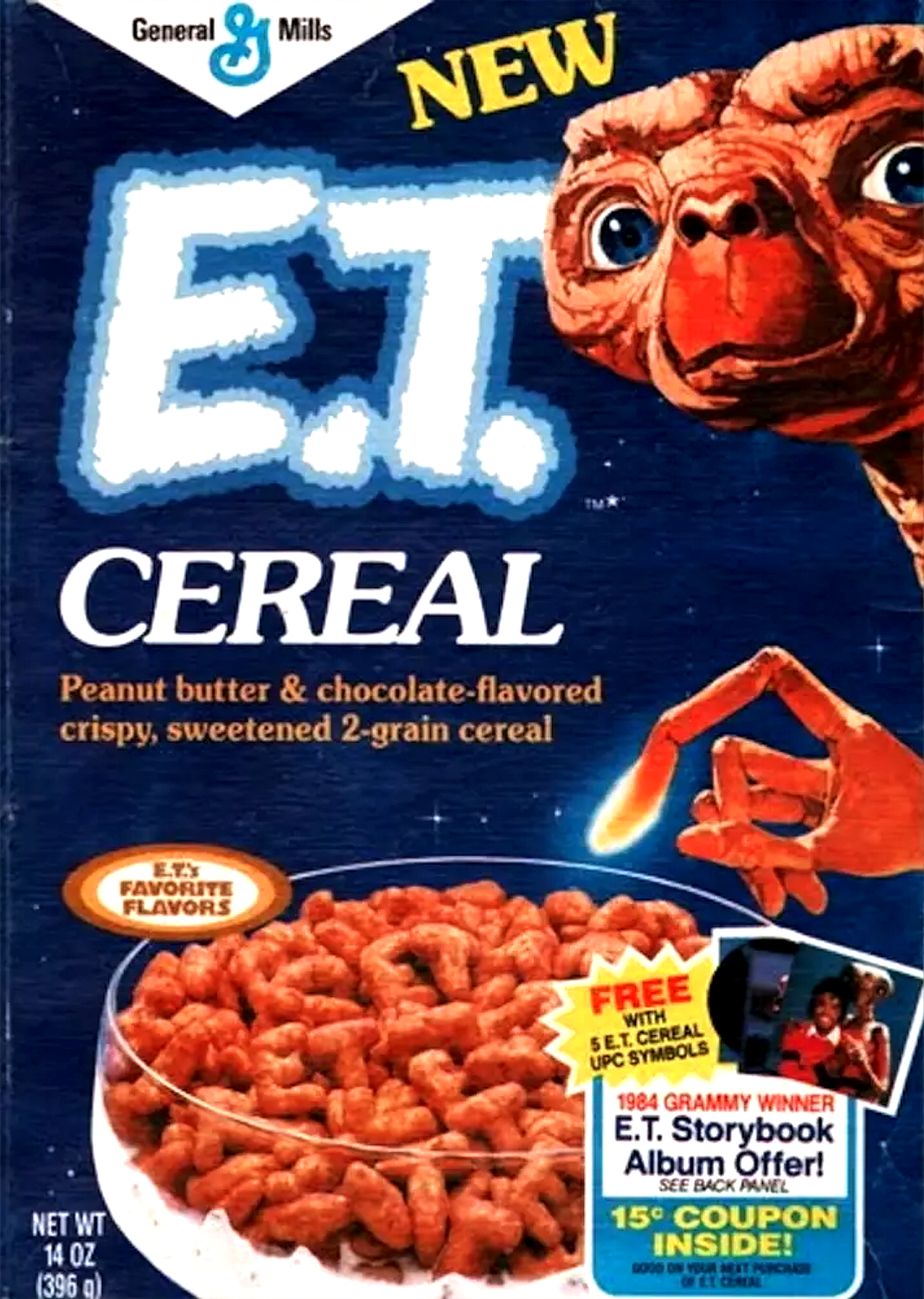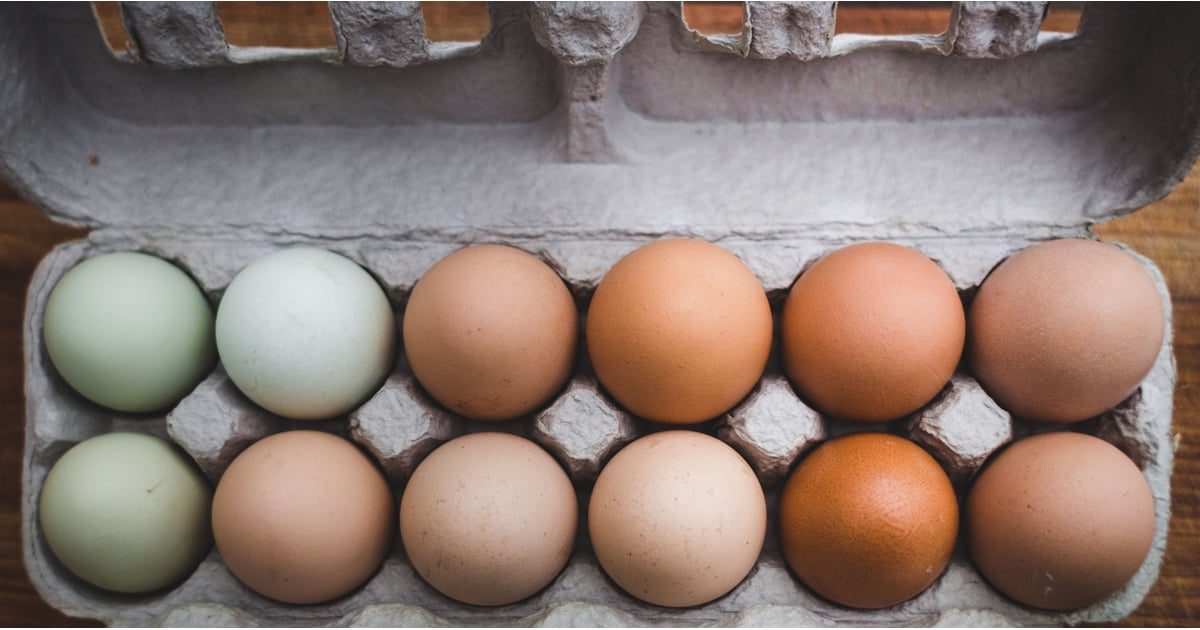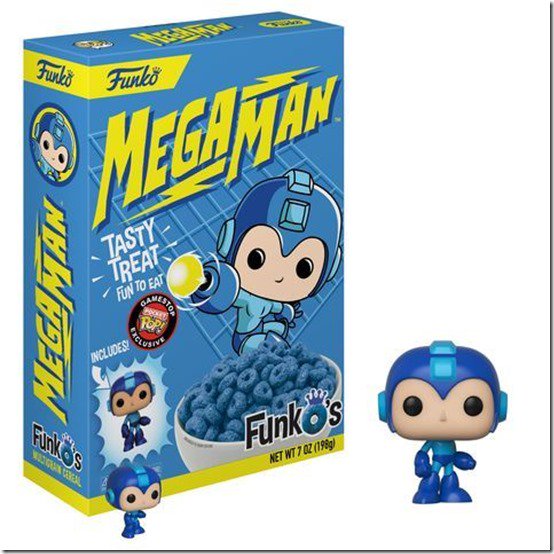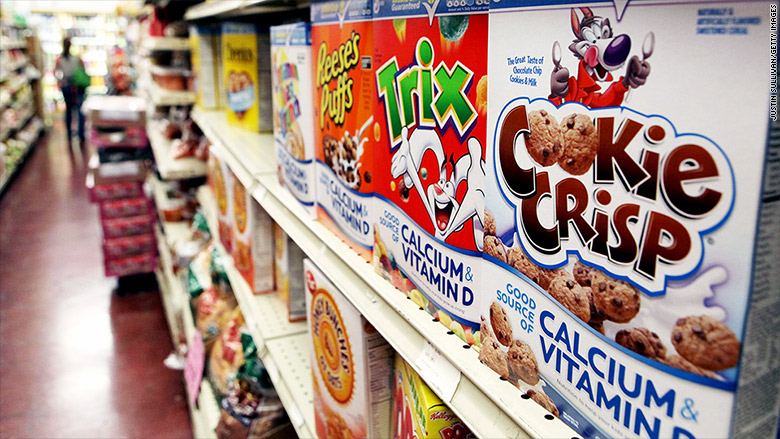A blast of retro memories from the Flasbak blog. What can breakfast foods marketers do today that captures the imagination in the same way?
Kids today will never know the simple joy of finding a prize in a cereal box. It sounds a bit pathetic now, but in decades past, unearthing a crappy toy from within a box of sugary cereal was like finding buried treasure for a kid in the 1960s-1980s.
Some parents let their children dump out the entire contents of the box to get at the glorious prize within; some let their kids dig their grubby paws, elbow-deep, into the box to catch hold of the cherished booty. Mine had me wait until the prize fell out naturally when pouring a bowl; an exercise in patience that was borderline child abuse. With each pouring came the rapturous hope that the prize would make an appearance as it fell into the bowl… but most often resulting in abysmal disappointment.
And what was all this hubbub over cereal box prizes about, anyway? The toys were generally cheaply made crap. Perhaps it was because we weren’t given much back then outside of Christmas and birthdays, so we appreciated any sort of present, no matter how pitiful. I don’t know the answer, but the fact is that appreciation for cereal box toys is gone. Kellogg’s, the first to put prizes in their cereal boxes, has stopped doing so, as has General Mills and other cereal manufactures.
The reasons cited are lawsuits (choking hazards and other risks that come with small toys can bring legal problems) and trimming down any frills to lower costs. But I suspect the primary reason is that there isn’t that appreciation for these simple and cheap prizes to make it worthwhile.
Kellogg’s Corn Flakes had the first breakfast cereal prize. In 1909, “The Funny Jungleland Moving Pictures Book” was given to customers in the stores at the time of purchase of two packages of Kellogg’s Corn Flakes. But the cereal box prize didn’t really take off until cheap plastics manufacturing became a reality in the mid-1950s. Let’s have a look at the many varied examples of prizes found in cereal boxes from midcentury to its decline by the end of the 1980s.
Sci-Fi Themed Prizes
Had you saved this unopened box, you could sell this it today and retire comfortably
Popular Music Prizes
In 1968, coinciding with the release of Yellow Submarine, came boxes of Nabisco Rice Honeys with Beatles “Rub-Ons” inside.
Candy Prizes
Because parents had no problem with sugary candy as a prize for eating sugary cereal.
Yes, Bazooka was a rock-hard gum that lost its flavor in five seconds, but since it came in the cereal box, suddenly it was special. In 1981, Coco Puffs offers “Color Bubbles” gum.
In 1982, Pac-Man cereal also offered Color Bubbles, and in 1987, Corn Pops gave us three flavors of Whistling Pops.
In 1983 and 1985, the monster cereals delivered additional sugar to kids via Wacky Wafers and Super Bubble Gum. Man, no wonder I had so much energy back then – I was hopped up on sugar!
Ice cream cereal doesn’t have enough sugar to satisfy you? Here, kids, have some gumballs.
In 1978, Crazy Cow cereal offered popsicles, but nothing tops Circus Fun a decade later. As I recall, Circus Fun could put you into a diabetic coma if you ate more than a small bowl… and to offer Starburst on top of it – wow.
T-Shirts and Clothing Prizes
Eighties kids got G.I. Joe got a “Camo Action T-Shirt Offer”
In 1971, you could get a Globetrotters T-shirt from your box of Count Chocula; in 1985 the monster cereals offered “Shoe Taggers”
Not sure that I would have been caught dead in a “I’m a Smurf Superstar” T-shirt back then, but I’m sure there were plenty who sent in for this “Smurfy T-Shirt Offer”.
What could be cooler than a “Ghost Chompers” cap from your “Crunchy Sweetened Corn Cereal with Marshmallow Bits”?
The 1980 Wheaties box featuring the iconic Jenner picture offered football jerseys for $6.95.
Records for Prizes
Adding to the variety of prizes offered in cereal boxes, you could even get records. The E.T. cereal offered a lousy fifteen cent coupon for the E.T. Storybook.
Book Prizes
In 1961 Wheaties offered Classics Illustrated; a decade later, they dumbed it down a bit for us seventies kids with joke books. A while back, I included Dynamite as one of the Six Greatest Magazines for Seventies Kids.
Stickers!
Cheerios’ 1978 Keds cards “action stickers” were an embarrassment, but their “Bionic Stickers” from 1976 were epic.
Stickers were huge in the eighties. I’m not sure why kids were obsessed with stickers in those days; but like any fad, there’s rarely a solid reason why it became popular in the first place.
In 1985, S’Mores cereal offered the “Freaky Fascinating Fire Eyes Stickers”, featuring the spooky tiger, fly and owl… and the oddly lethargic alligator.
The 1979 Fruit Brute cereal offered Animal Friends Decals. Everyone remembers Boo-Berry, Frankenberry and Count Chocula, but we often forget Fruit Bruit (and Yummy Mummy); Quentin Tarantino certainly doesn’t, as he featured this cereal in Pulp Fiction.
Mask Prizes
Late 1940s Wheaties had a whole series of cut-out masks; my favorite being “Iron Jaw the Robot”
Cereal Prize Oddities
Sometimes cereal companies thought “outside the box”
I think it’s a stretch to call this a “Mini Computer”, but it’s still a valiant effort at trying something beyond the standard plastic toy.
I include the Flintstone’s coin holder because I actually used this – not sure exactly why, but I loved this little prize back in the day and kept my precious-few coins in it.
“Desk Signs” seems like an odd idea, but we were suckers for anything free spilling out of a cereal box.
In 1974, Cheerios offered a terrarium as a prize; oddly enough, they weren’t the only cereal company to go with the terrarium idea…
Alpha-Bits offered terrariums from the mid-seventies through 1980. “Each one comes complete with a plastic ‘Earth’ disc and a packet of Luther Burbank Sweet Basil and fine curled cress seeds” – training 70s kids to one day grow more “smokeable” herbs.
Superhero Prizes
What kid could resist these DC superhero prizes? Cheerios offered a dartboard in 1979 and Fruity Pebbles offered posters in 1981.
Outdoor Toys
Now here’s a cereal I wish would make a comeback. Sir Grapefellow was, as a I remember, purple nirvana.
Monster Prizes
If there was one thing kids back then loved more than superheroes, it was monsters.
Frankenberry – the perfect cereal to munch while wearing your Mork pajamas and watching Superfriends early Saturday morning. Ah, memories.
The post Cereal Box Prizes from the 1970s and 1980s appeared first on Flashbak.




